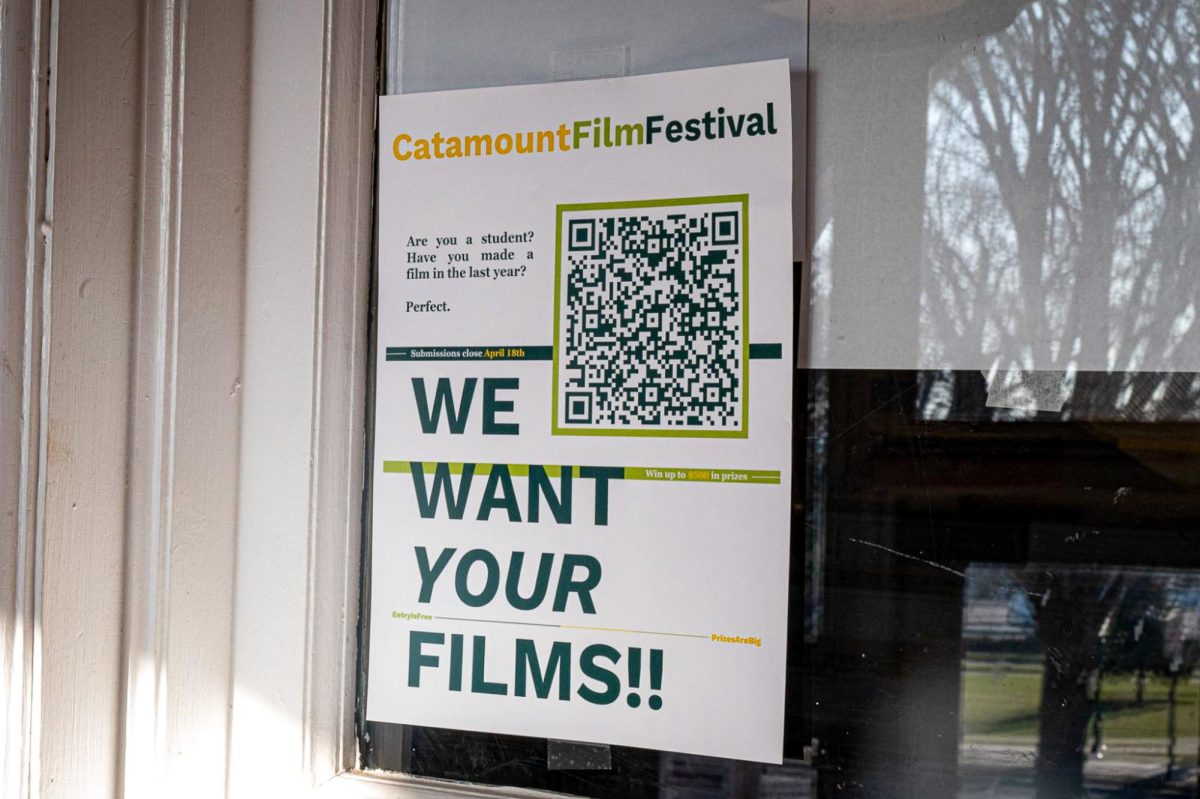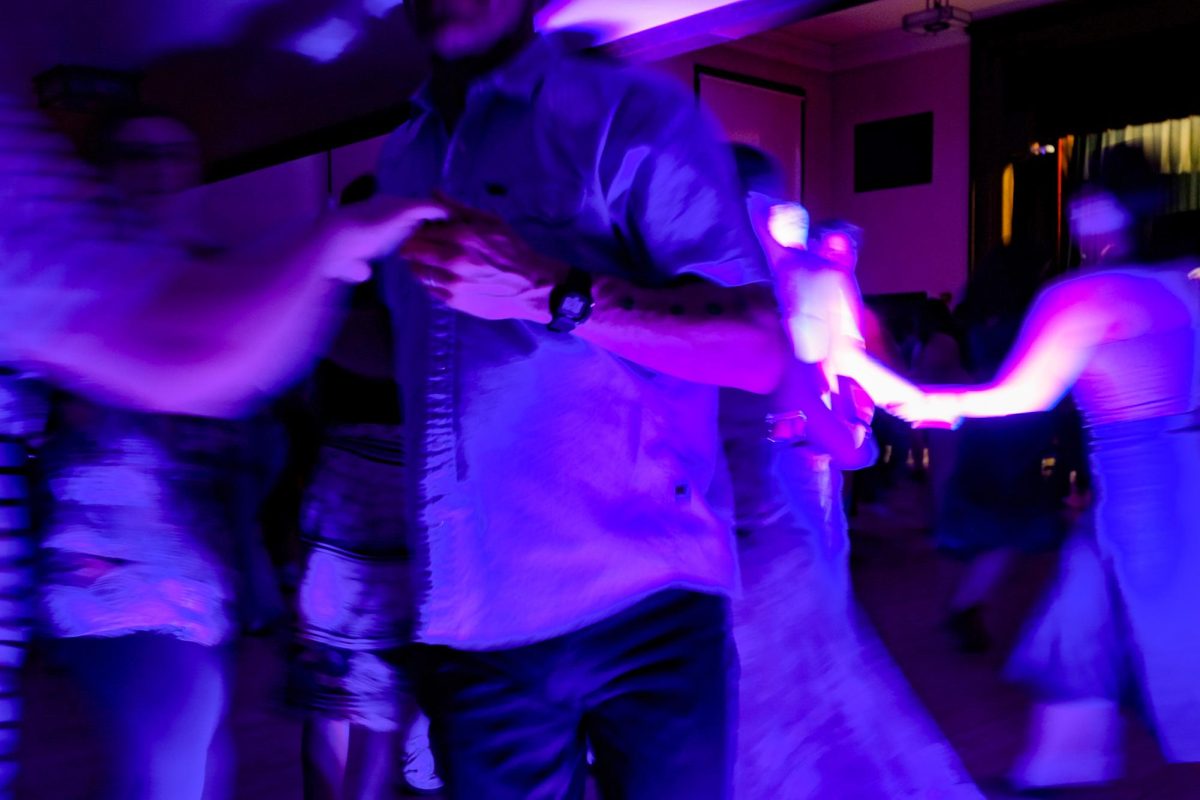Working as a student gallery attendant last week at the Fleming Art Museum reminded me of a dreaded Art History class from sophomore year. Obscure subject matter and an inexperienced teacher contributed to one of my worst experiences at UVM, by a long shot! However, sitting last Tuesday morning in the quiet and peaceful European-American exhibit made me think more positively about art. It was barely crowded in the gallery under my supervision, so setting aside my reading material, I got up from my seat and decided to have a casual look around.
Believe it or not some of the pieces even attracted my attention, namely a piece from the Renaissance period, entitled “Narcissus at the Fountain.” The artist here depicts the mythological figure Narcissus who fell in love with his own image in a pool of water. The painting was compelling for its extraordinary realism and sense of perspective, as well as for the sad, brooding figure it portrayed.
Besides the Renaissance, other pieces hailed from the Baroque and Romantic periods as well. These works were not as memorable as Narcissus but are nevertheless worth devoting a few sentences toward. From the Baroque period, there was a painting named “City on Fire” which reproduces the horrific fire that devastated Amsterdam during the 1650s.
From the Romantic period, there was a strange canvas labeled “Stage Coach Struck by Lightning.” It seemed that the main theme involved the untamed power of nature and man’s ultimate subservience to it. The rear of the European-American gallery consisted of examples of seventeenth to twentieth century portraiture and landscape.
Admittedly, I didn’t devote much attention to the portraits that covered the walls but the landscapes were scenic and picturesque. According to an inscription that hung nearby, the works in this section “highlight enduring traditions of still life.” This made me realize that artwork itself wasn’t boring; it just seemed that way due to the senseless and confusing way in which it had been presented in class.
Perhaps seeing the artwork up close and in person would have been more beneficial than staring at it on an overhead from the back of an auditorium! What I discovered were some of the exact styles and traditions that had been discussed in that miserable class.
This raised a question: Why did our esteemed teacher never decide that it was worthwhile to make the two minute trek upstairs from our classroom, which quite conveniently, was located in the basement of the Fleming?
Instead, she preferred to drone on endlessly while pointing at blurry images on an overhead projector, a very engaging and stimulating teaching style to be sure.











